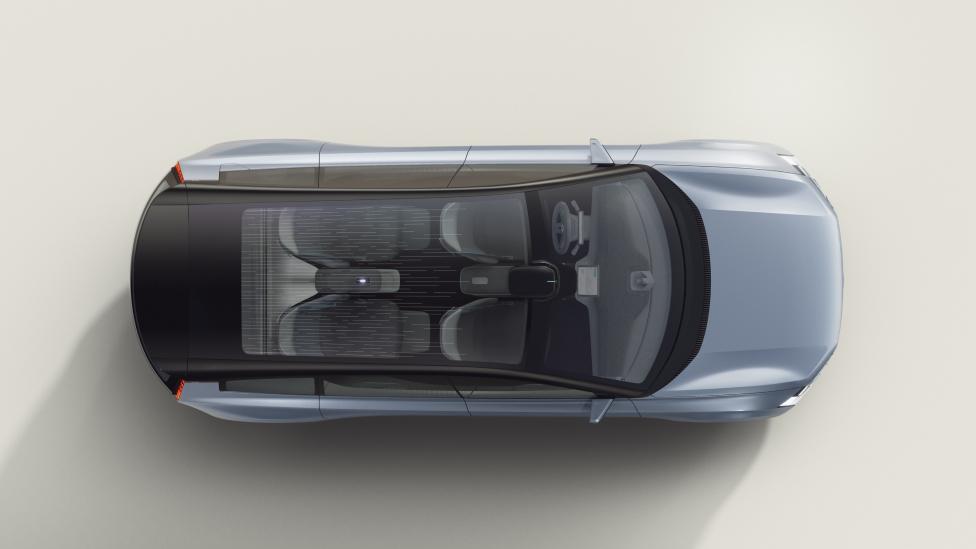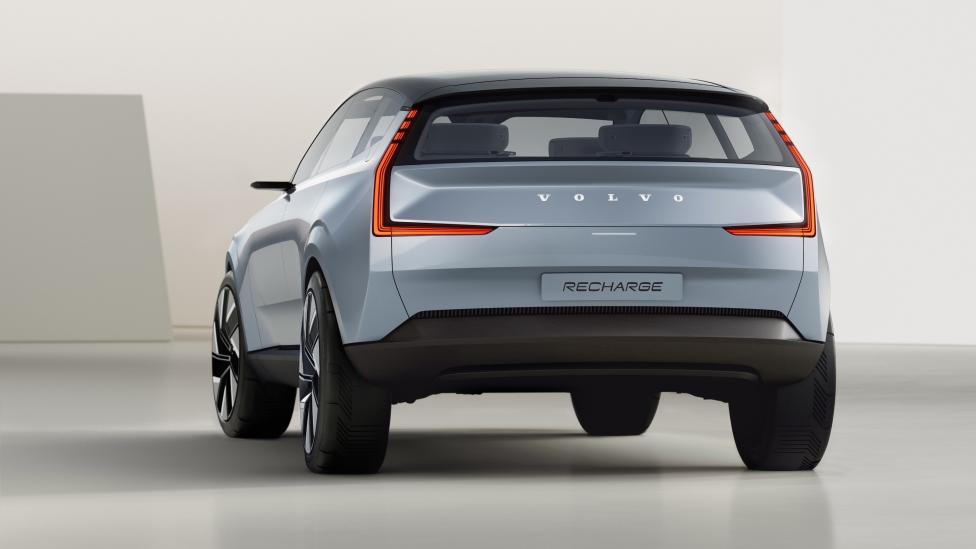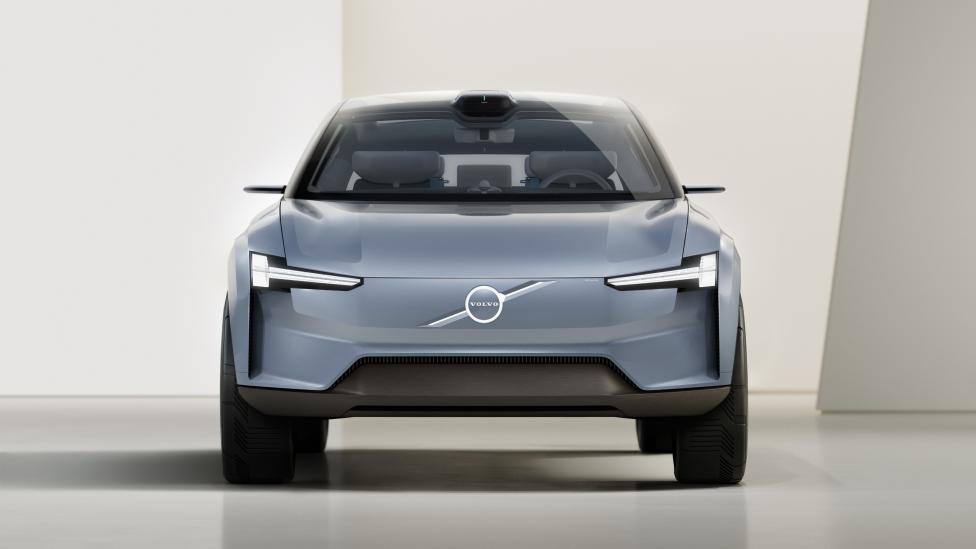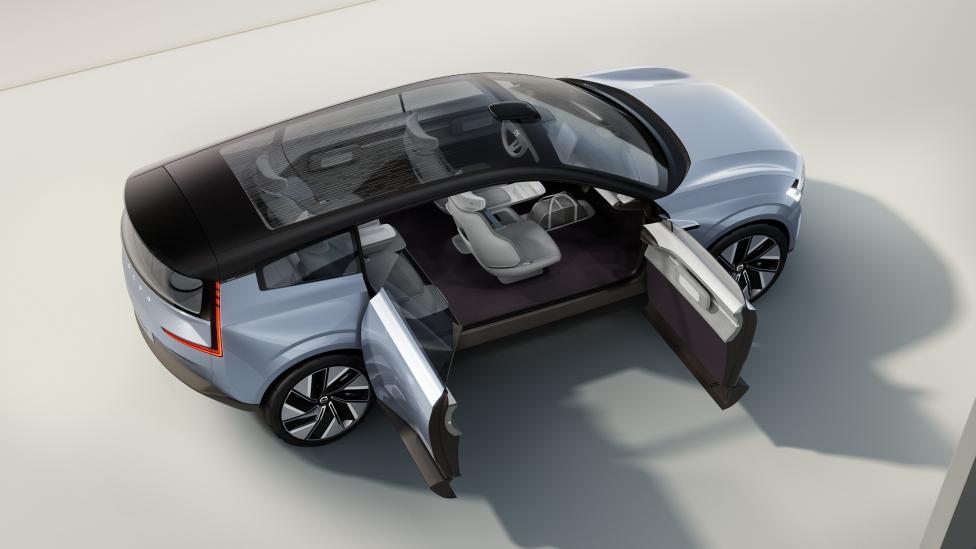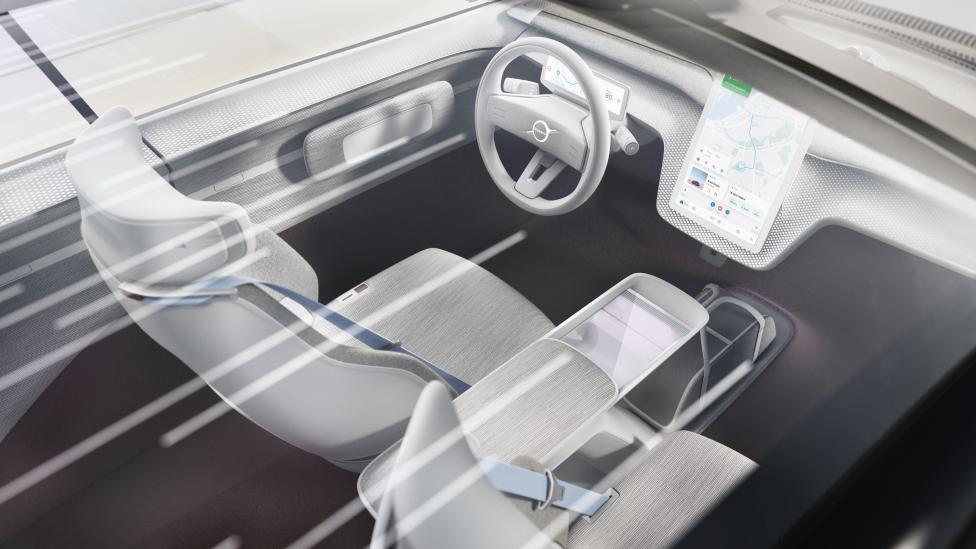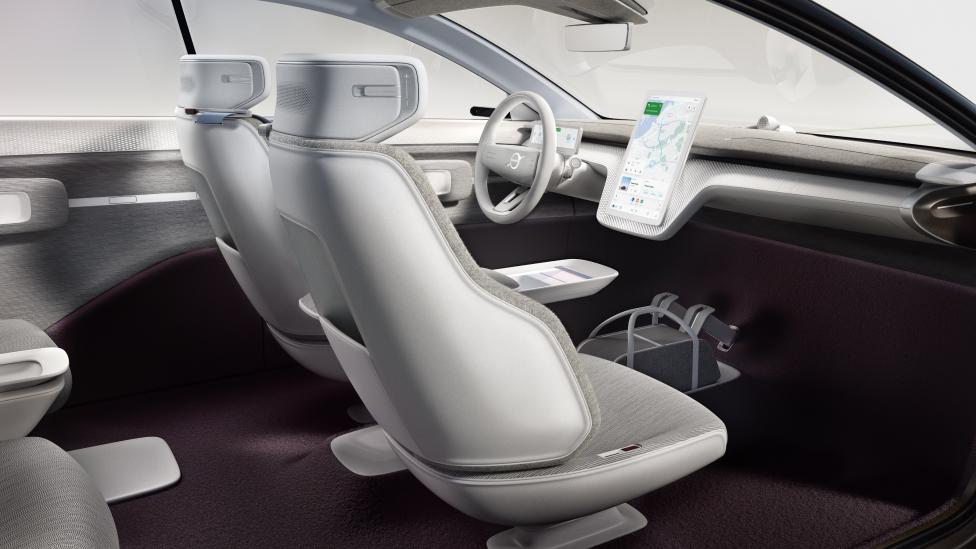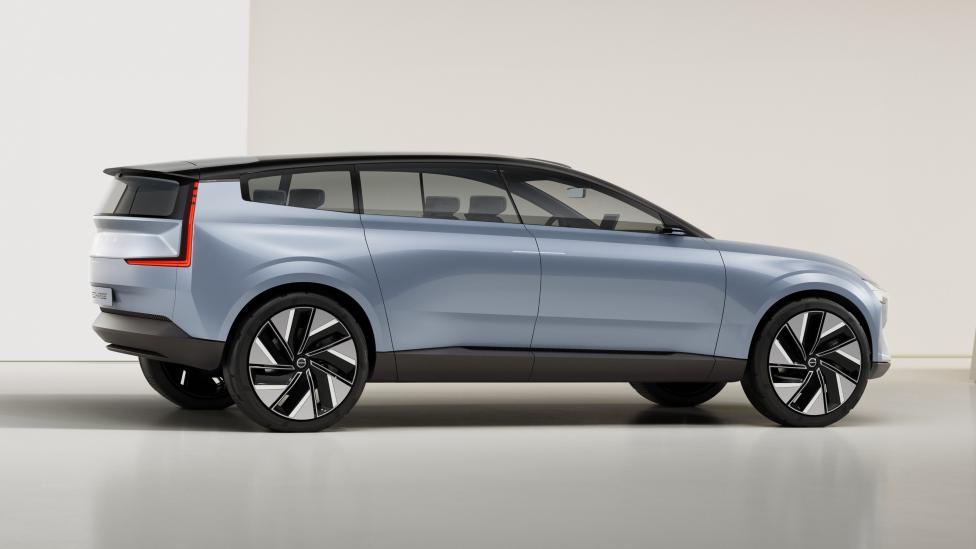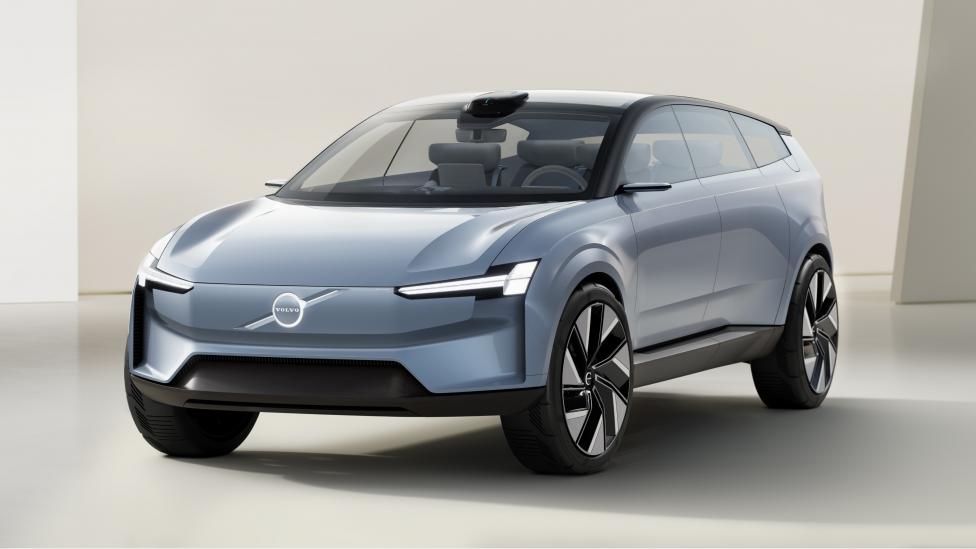
Next year Volvo, that noted purveyor of safe and sustainable Scandi-ness, will launch an all-new all-electric XC90 replacement. Today it unveiled a concept car. Not saying those two events are related. No, no way. OK then, they are.
It's a long crossover with new proportions for the electric era. That means, as we've seen from many rivals, a long wheelbase, short bonnet and a huge flat-floored cabin with relatively shallow side glass.
"This will be the first of a kind, a new Volvo flagship," says CEO Hakan Samuelsson. "Because this is the first of a new generation this will also have a new name, not just XC." But he won't say what, so for the moment it's being called Concept Recharge.
To improve aerodynamics it has a lower roof than today's XC90. The windscreen pillar has moved a long way forward to lengthen the cabin. Design director Robin Page calls it a 'cab modern' design.
The flat floor means the seats have dropped a bit too, but there's still the high eyepoint people want from a crossover. One of the rear seats has a cushion that slides up the back rest, so small people still get a good view out. An extension of Volvo's inbuilt booster cushion really.
The cabin furniture is, says Page, a series of separate beautiful components each 'like a piece of art', as opposed to common practice of trying to visually integrate everything. Oddly though, despite the usual claims of Swedish atmosphere, there's a lot in this dashboard to remind you of a Mustang Mach-E.
The centre-dash touchscreen has of course swelled to a tennis-court size. There's little surrounding structure to act as a hand-brace while you're jabbing at it. Volvo says it's a very safe design, but we always find it takes your eyes off the road for too long. There are even fewer hardware switches here than in Volvo's already-infuriating current interface.
Mind you it's possible to talk to the car via its integral Android-based operating system. If you don't feel ridiculous talking to the car while you've got passengers, well that's fine.
Volvo has also unveiled a plan for all versions of the new production car to have Lidar sensors built in, and a very high-capacity data connection to the company's IT HQ, mush as Tesla does. All the car's various onboard sensors collectively gather and transmit a high-def picture of the traffic and roads around the car.
The company will use this data to tune the safety systems, driver assist and eventually autonomous driving features. The car's computers and software are all designed in-house for better integration and quicker debugging, they claim. They'll be capable of beginning autonomous driving when Volvo feels it's safe, and when local regulations allow. That'll happen by remote software update.
